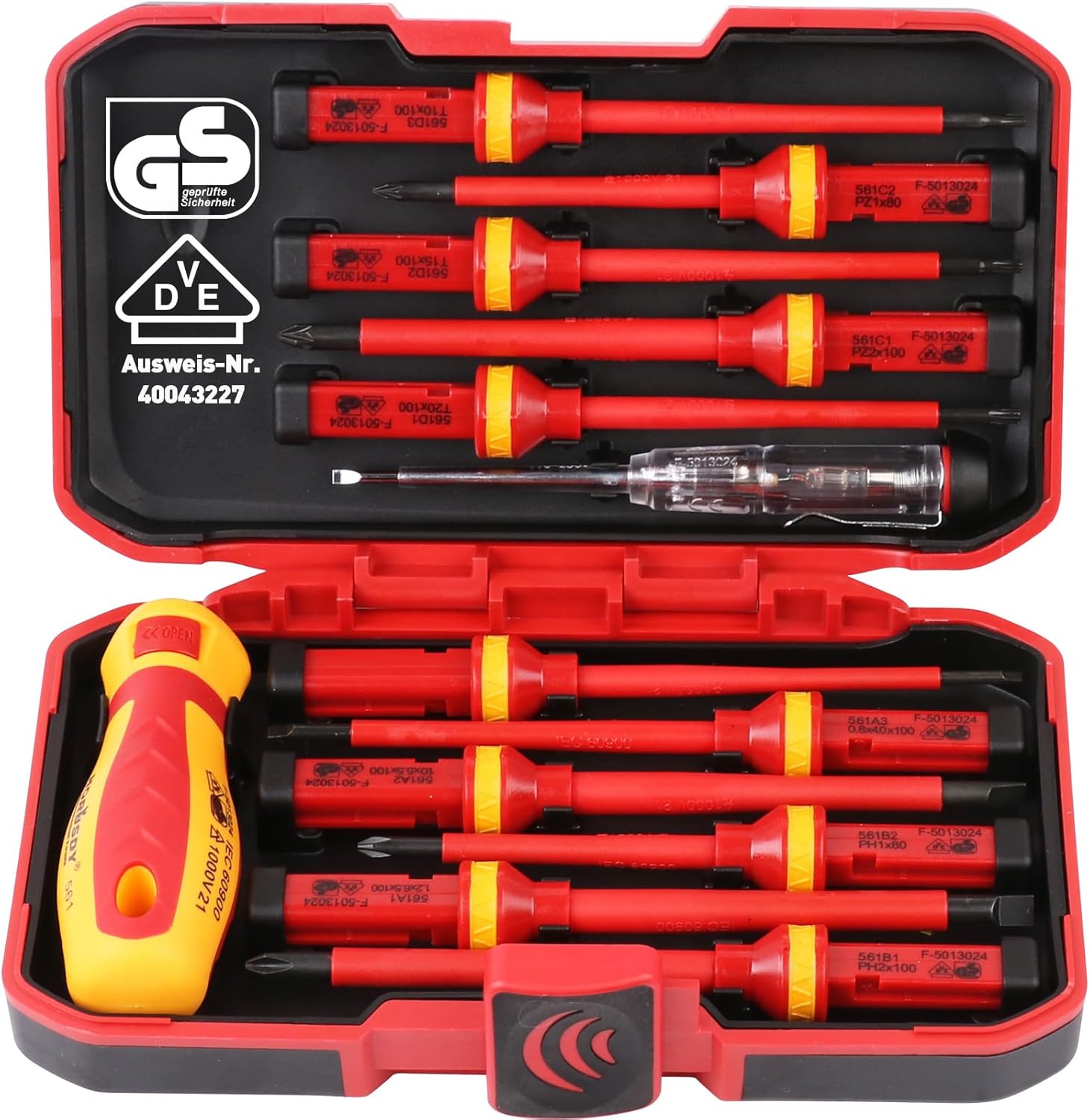
When I talk about air pressure, some people think that it means the air compressor capacity on your spray gun. But what we’re describing is actually at neck of the spray gun when the trigger is pulled. This type of force influences how powerful each shot will be and where in distance you’ll hit with paint.
Contents
High Volume Low Pressure Spray Gun (HVLP) Air Pressure Setting for Base Coat Clear Coat
When spraying base coat, you want to use a low pressure at 26-29 PSI. The way that it works is by pulling your gun’s trigger and then reading off of how many pounds per square inch are in front on the spray gun dial. This should be about 26 psi, adjust the pressure up if not.
When spraying clear coat, I like to up the pressure 2-3 psi for a little more atomization and better flow out. Setting my air pressure between 28 – 29 PSI ensures great results with every spray job.
A spray gun can provide you with an efficient and quick way to paint your projects. The best of the bunch will use 10-14 scfm at 40 psi, which is volume per square foot (of air pressure).
Low Volume Low Pressure Spray Gun (LVLP) Air Pressure Setting
Some people say that the optimal pressure for spraying gun paint is 10-15 psi. I personally prefer to operate my equipment with 17 or 20 psi. While using low volume and low pressure settings can help reduce overspray on nearby objects such as your door frame while still getting good coverage in each spot without too much wasted product.
The normal scfm that these guns use is 5-7 cubic foot per minute. Volume of air used at 40 PSI, which can create a pressure in excess of 1 pound force.
Spray Gun Air Pressure for DIY Use Air Compressor
A 20-35 gallon (75-133 liter) air tank that pushes out anywhere from 1.5 to 2 horse power under load is a great small setup, or if you want something even smaller for your home workshop.
It’s important to have at least two water filters. One 10-15 feet from your tank and another one, such as a gun neck holster. This will keep the water out of your lines while you’re shooting paint.
When using a smaller compressor, you should keep in mind that it will most likely be powered through your 110 V outlet and the maximum HP this machine can produce safely without causing any circuit breaker trips is 2 HP.
Hard-Core Hobby and Professional Use Air Compressors
A 50-100 gallon air compressor size (189-378 liter) with a horse power rating of 4-6 HP.
This will more than likely use your home’s 240 VAC wiring system, just like how your dryer or AC unit is powered.
Related Article




Leave a Reply